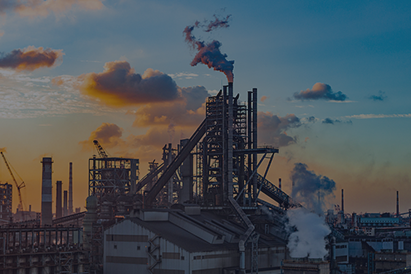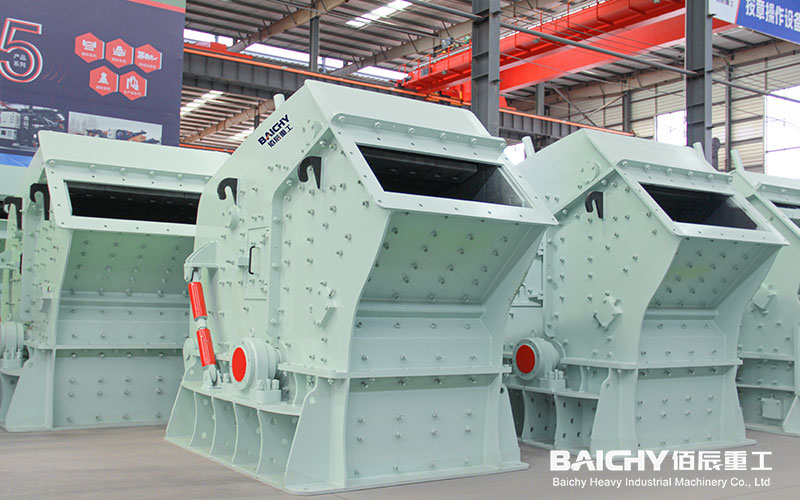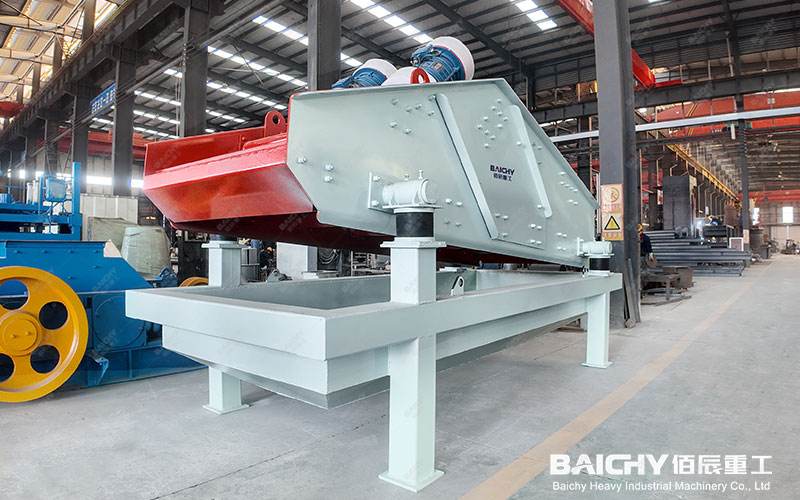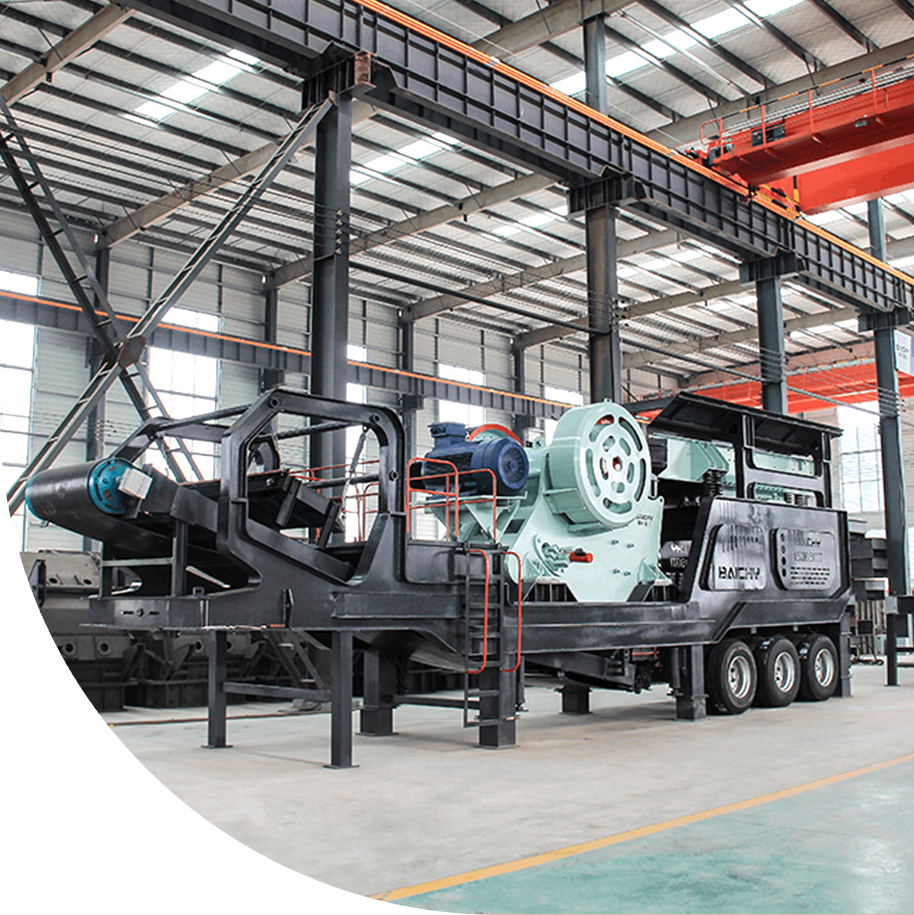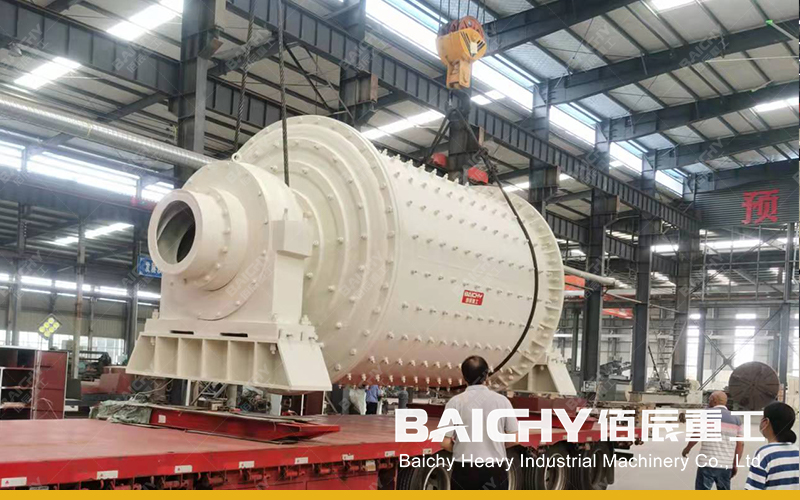
Compared with dry ball mills, wet ball mills have the following significant advantages, especially in specific industrial applications:
1. Higher grinding efficiency
• Excellent particle dispersion: Liquid media (water or solvents) can effectively prevent material agglomeration, allowing grinding media (steel balls, ceramic balls, etc.) to contact the material more fully, thereby improving crushing efficiency.
• High energy utilization: Under the same power consumption, the output of wet grinding is usually 20%~30% higher than that of dry grinding, which is particularly suitable for the preparation of ultrafine powders (such as D50 < 10μm).
2. Finer and more uniform product fineness
• Narrower particle size distribution: Liquid buffering reduces over-crushing and promotes suspension of fine particles. The finished product has uniform particle size (up to nanometer level), which is suitable for high-precision demand fields (such as electronic ceramics and lithium battery materials).
• High surface cleanliness: The wet method can wash impurities on the surface of particles and improve the purity of powders.
3. Good adaptability to heat-sensitive materials
• Effective temperature control: Liquid medium quickly absorbs friction heat to avoid local high temperature causing material denaturation (such as organic materials, certain metal oxides).
4. Environmental protection and friendly operation
• No dust pollution: Completely avoid the risk of dust explosion and worker health hazards (such as silicosis) of dry grinding.
• Lower noise: Liquid medium can reduce the operating noise of the equipment by about 10~15 decibels.
5. Wide range of applicable materials
• High humidity/viscous materials: Can directly process slurry, clay, etc., while dry grinding is prone to clogging.
• Corrosive materials: Special grinding requirements can be achieved by adjusting the liquid medium (such as acidic/alkaline solution).
6. Low equipment maintenance cost
• Less wear: Liquid lubrication reduces the direct metal friction between the grinding ball and the liner, extending the service life.
• Explosion-proof safety: The wet environment naturally suppresses the risk of combustible dust explosion.
7. Seamless connection with downstream processes
If the subsequent process is wet processing (such as flotation, hydrometallurgy, slurry spraying), the drying step can be omitted to reduce the overall energy consumption.
Typical application scenarios
• Mining: Pre-ore dressing grinding of iron ore, copper ore, and gold ore.
• New materials: positive and negative electrode materials for lithium batteries, rare earth powders, and electronic ceramics.
• Chemical industry: Preparation of ultrafine suspensions of pigments, dyes, and pesticides.
• Ceramics/glass: Fine grinding of glazes and kaolin.
Precautions
• Subsequent processing requirements: Dehydration and drying equipment are required, which increases some costs.
• Material compatibility: Water-sensitive materials (such as cement raw materials) or finished products that need to be dried should be selected with caution.
The advantages of wet ball mills are irreplaceable in ultrafine grinding, wet process chains and industries with strict environmental protection requirements, but they need to be selected comprehensively based on material properties and process goals.
Further reading:
What Are the Differences between Dry and Wet Type Ball Mill?



